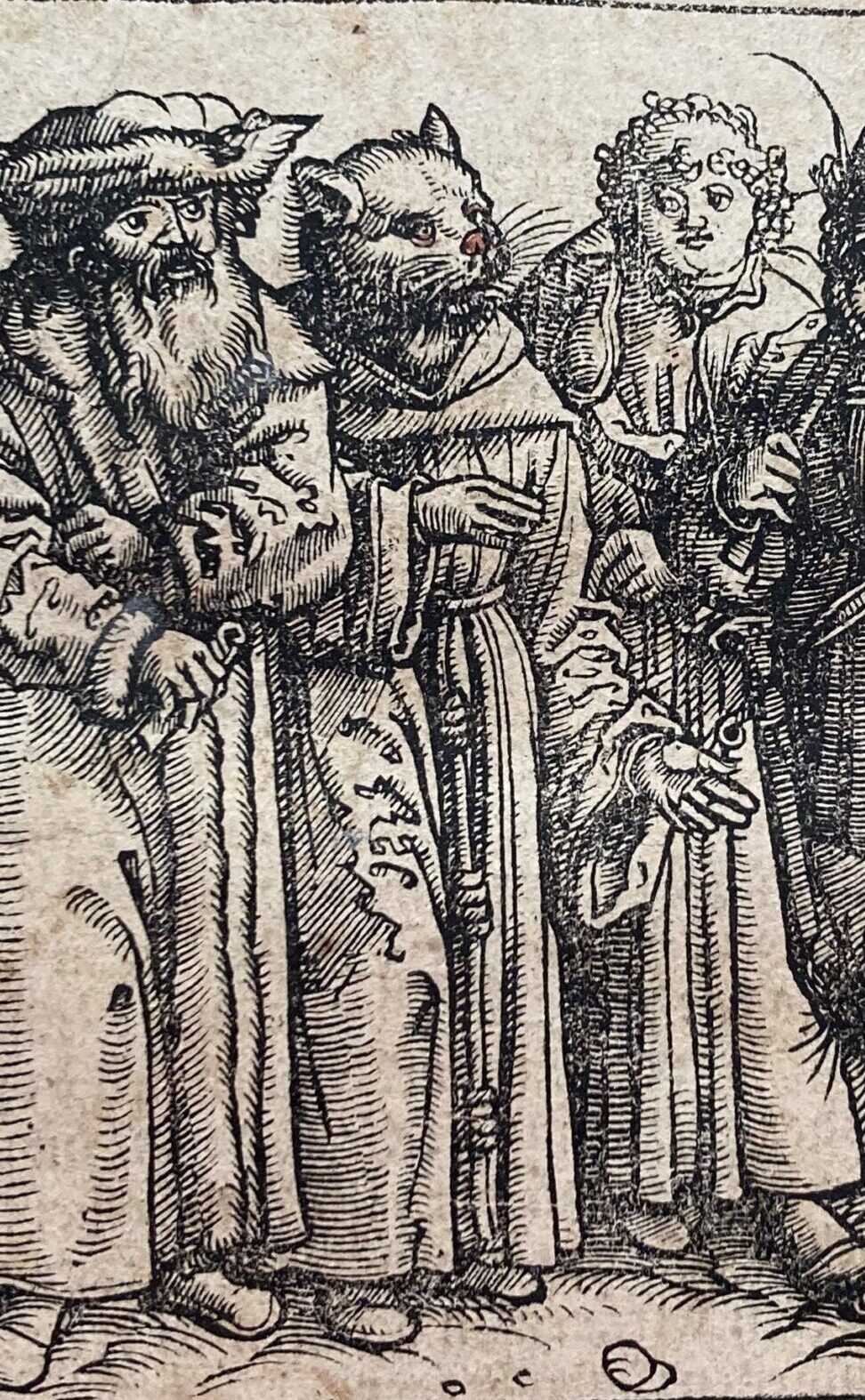1/1
When Cat Fools Teach Logic: Murner’s Wild Cards of Memory and Wit
In sixteenth-century Strasbourg, Thomas Murner turned heads—and ruffled feathers—with his sharp wit and satirical teaching. Branded a “cat fool” by rivals, Murner leaned into the role, using humor and oddity as his secret weapons in both public debate and the classroom. Instead of dry lectures, he crafted Logica Memorativa, a logic manual disguised as a deck of visual puzzles. Each of its 51 woodcut images—think proto-flashcards—paired bizarre scenes with numbered clues, making abstract logic stick through curiosity and surprise. One memorable card features a woman with horse hooves standing among celestial symbols, a visual riddle representing the classical “Square of Opposition.” Murner’s playful approach wasn’t just for show. By making logic strange and memorable, he tapped into a timeless teaching trick: the brain remembers what it can’t quite explain. Long before the term “gamification” existed, Murner’s classroom was already a game board, where learning meant decoding the unexpected. #CulturalHistory #MedievalEducation #Gamification #Culture
2025-06-07
write a comment...
